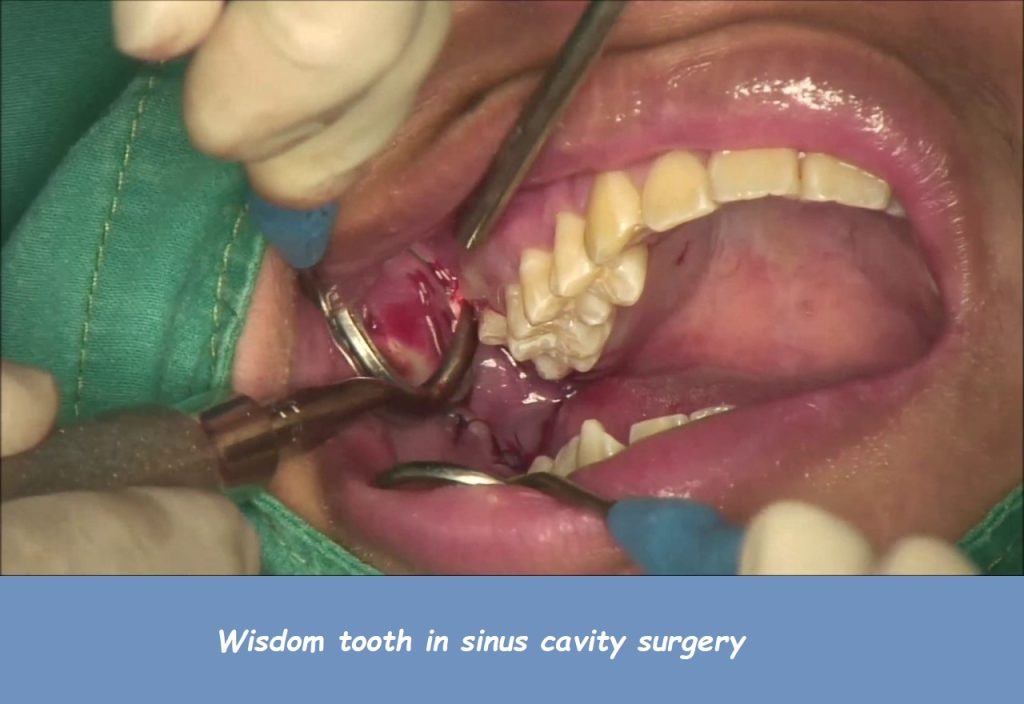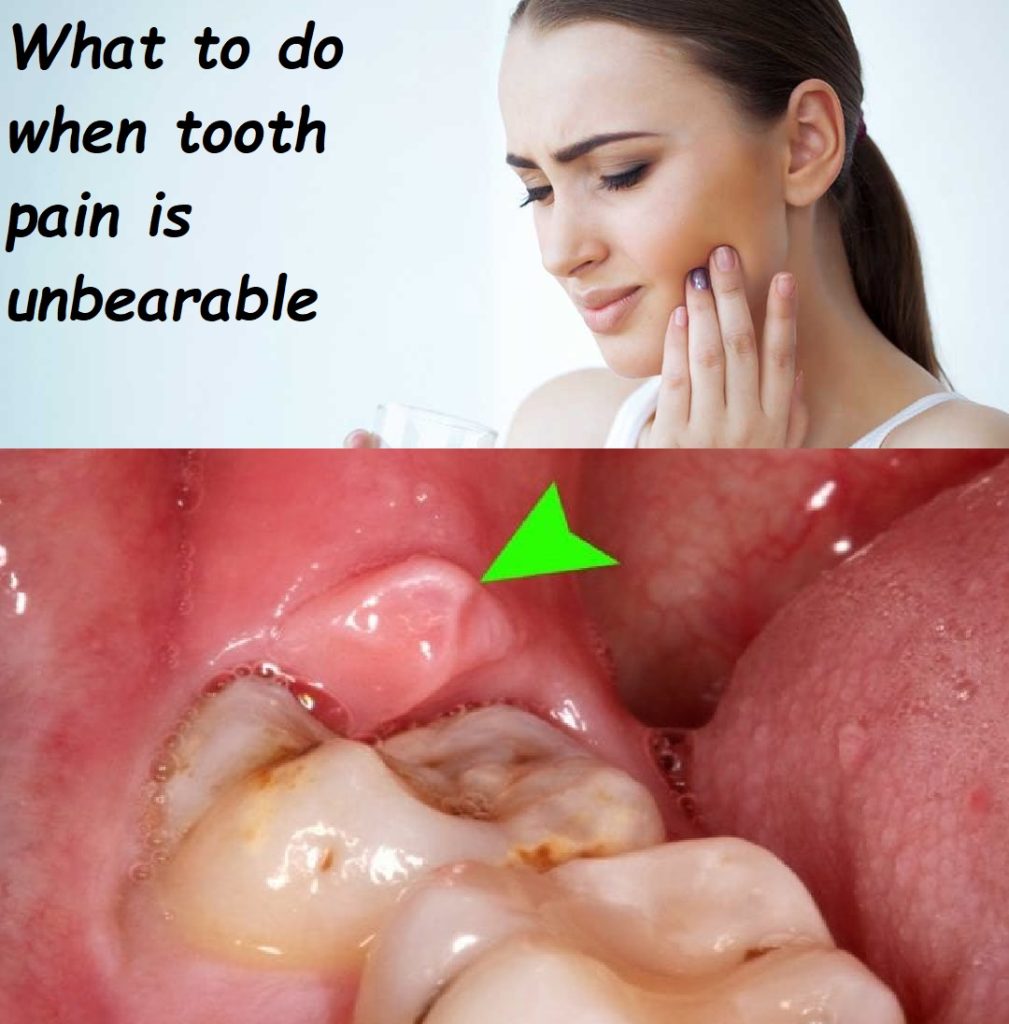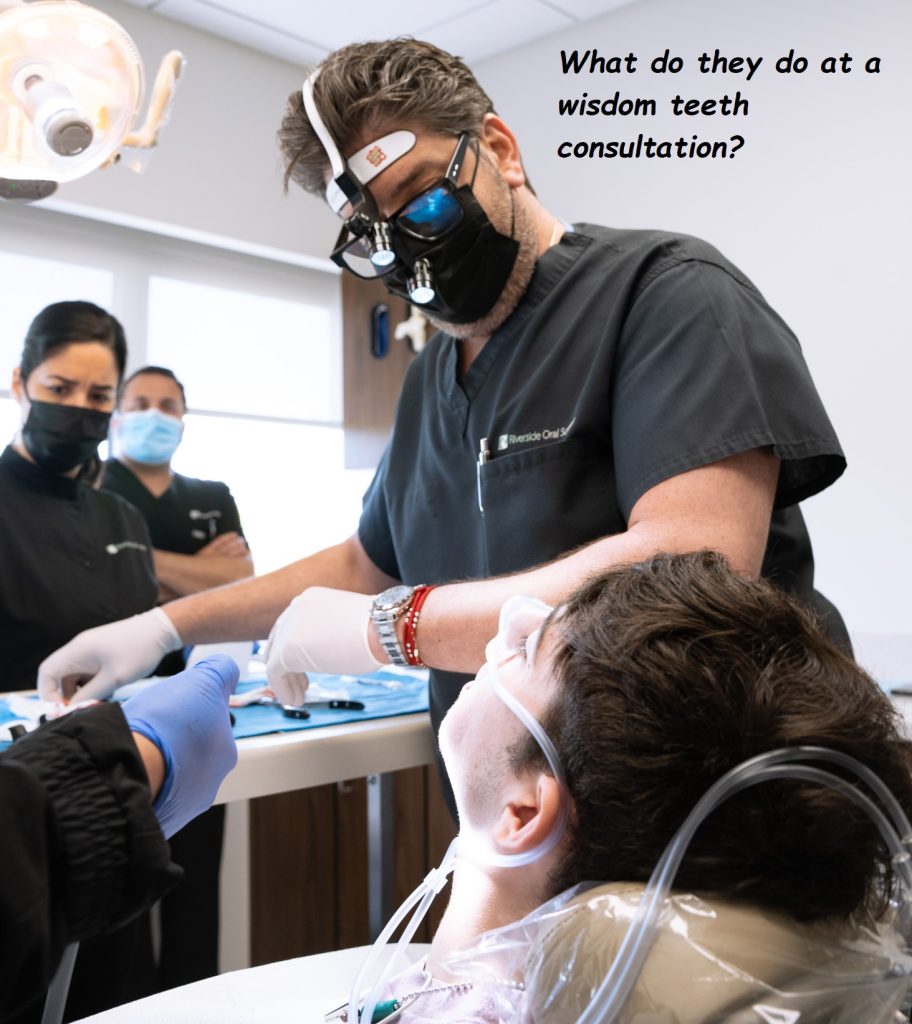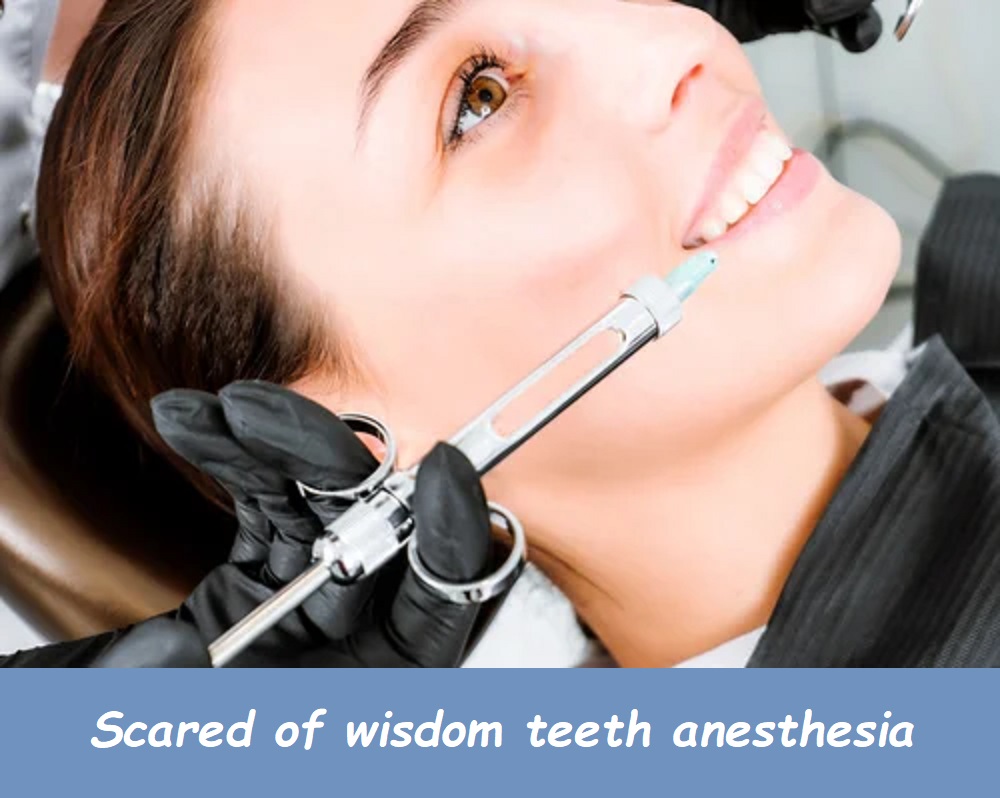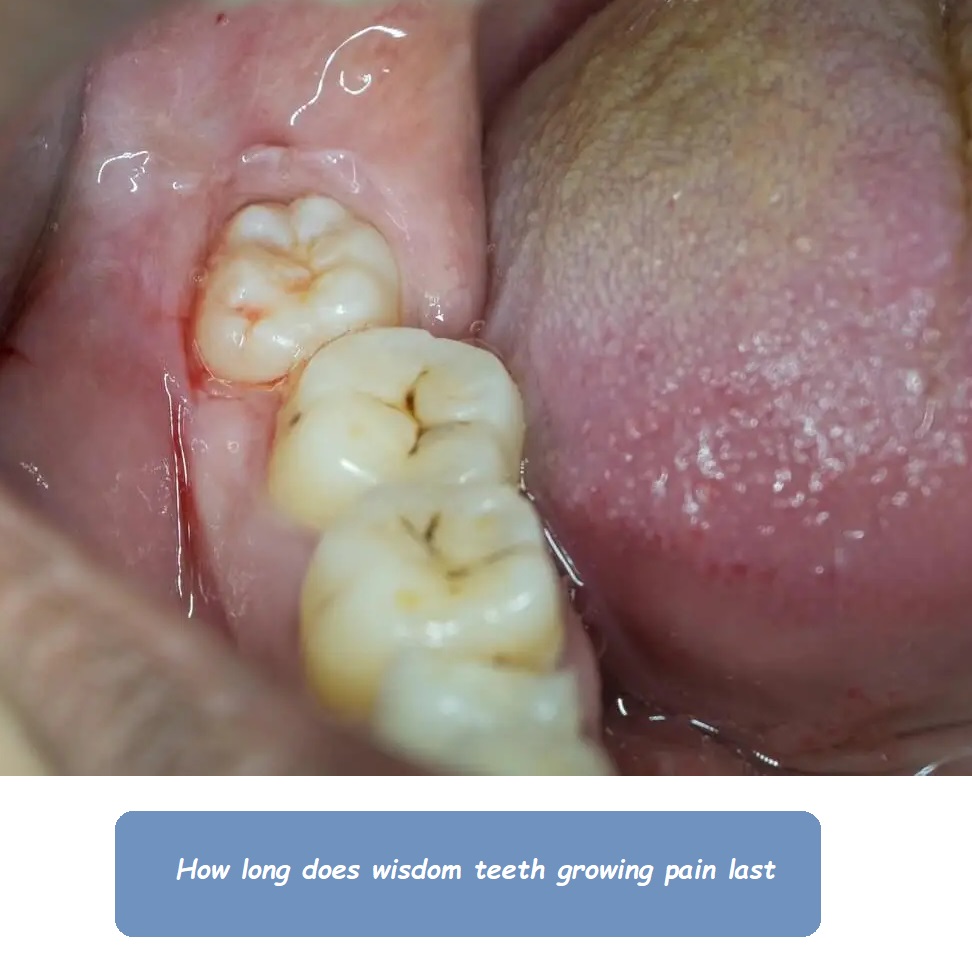Wisdom tooth bone spur gum
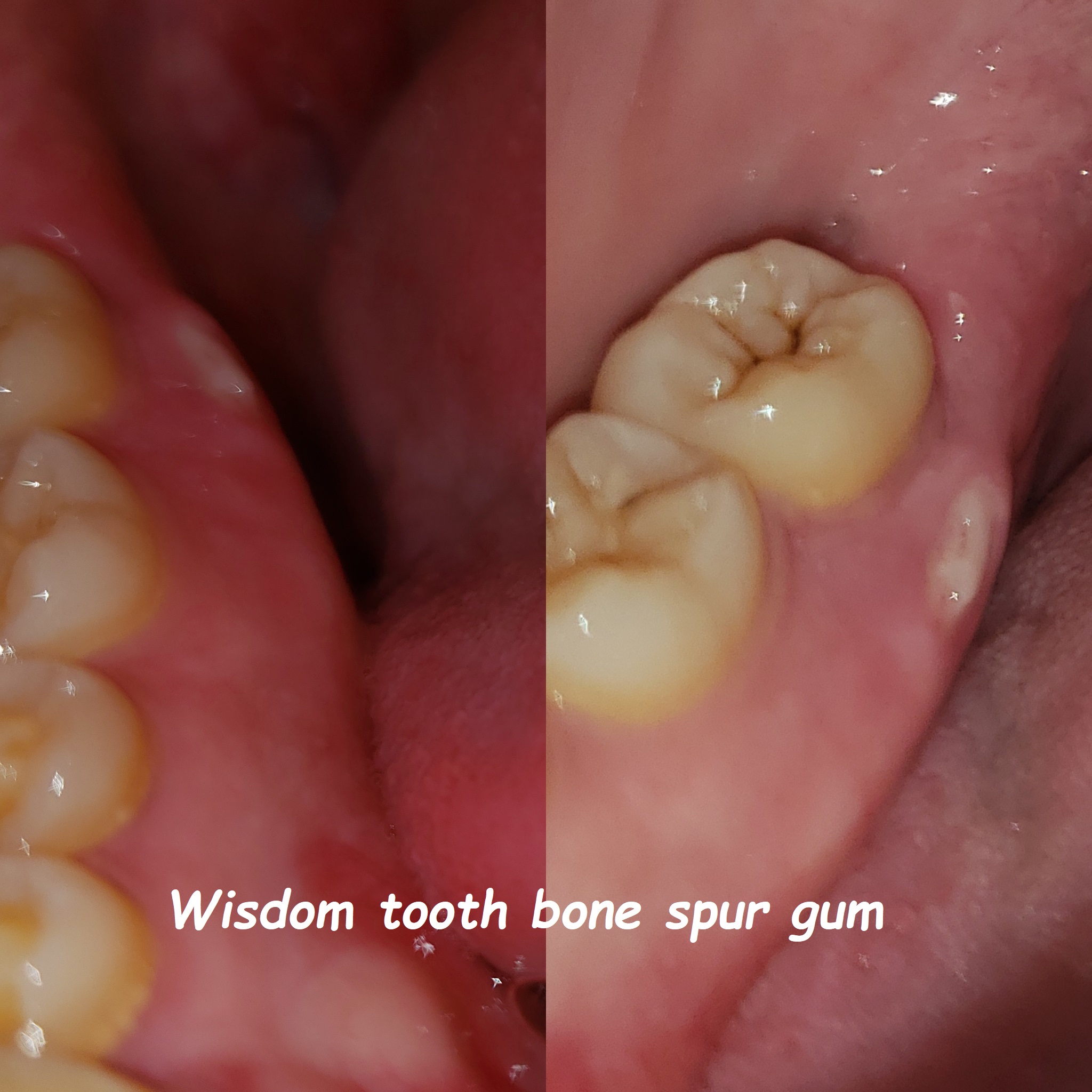
Wisdom Tooth Bone Spur Gum: Understanding, Treatment, and Prevention.
Introduction to Wisdom Tooth Bone Spur Gum.
When we think of dental issues, cavities, and gum disease often come to mind. However, another lesser-known problem that can cause significant discomfort is a bone spur in the gum, particularly related to wisdom teeth. A wisdom tooth bone spur gum issue arises when a small, bony protrusion develops in the gum area where a wisdom tooth is located or was previously extracted. This condition can lead to pain, irritation, and even infection if not properly managed. In this comprehensive guide, we’ll delve into the causes, symptoms, treatment options, and preventive measures for wisdom tooth bone spur gum problems.
What is a Wisdom Tooth Bone Spur?
A bone spur, also known as an osteophyte, is a small, bony projection that forms along the edges of bones. When these spurs develop in the gum tissue, particularly around the area where wisdom teeth are located or have been extracted, they are referred to as wisdom tooth bone spurs. These spurs can cause irritation and discomfort in the surrounding gum tissue.
Causes of Wisdom Tooth Bone Spur Gum Issues
1. Wisdom Tooth Extraction
One of the most common causes of bone spurs in the gum is the extraction of wisdom teeth. During the extraction process, fragments of bone may be left behind, leading to the formation of spurs as the area heals.
2. Trauma
Injury or trauma to the jawbone can also result in the development of bone spurs. This can include accidents, falls, or impact during contact sports.
3. Dental Procedures
Certain dental procedures, such as implants or root canals, can sometimes lead to the formation of bone spurs as the body responds to the changes in the bone structure.
4. Natural Bone Growth
In some cases, bone spurs can develop naturally due to genetic predisposition or as a result of the aging process.
Symptoms of Wisdom Tooth Bone Spur Gum Problems
Identifying the symptoms of a bone spur in the gum is crucial for early intervention and treatment. Common symptoms include:
- Pain and Discomfort: Persistent pain or discomfort in the gum area, especially around the wisdom teeth.
- Irritation: Irritation or inflammation of the gum tissue, which can worsen when eating or brushing.
- Swelling: Swelling in the affected area, sometimes accompanied by redness.
- Sharp Sensation: Feeling a sharp or rough protrusion in the gum with the tongue or when chewing.
- Infection: In severe cases, bone spurs can lead to infection, causing pus, bad breath, and fever.
Diagnosing Wisdom Tooth Bone Spur Gum Issues
If you experience any of the symptoms mentioned above, it is essential to seek professional dental care for a proper diagnosis. A dentist will typically perform the following steps to diagnose a bone spur in the gum:
1. Visual Examination
The dentist will visually inspect the gum area to identify any visible signs of a bone spur.
2. X-Rays
X-rays are often used to get a detailed view of the jawbone and gum area, helping to confirm the presence of bone spurs.
3. Physical Examination
A physical examination, where the dentist feels the gum tissue with gloved fingers, can help detect any irregularities or protrusions.
Treatment Options for Wisdom Tooth Bone Spur Gum Problems
Once diagnosed, the treatment for a bone spur in the gum depends on the severity of the condition. Here are some common treatment options:
1. Minor Bone Spurs
For minor bone spurs that cause minimal discomfort, the following treatments may be recommended:
- Pain Relief: Over-the-counter pain relievers, such as ibuprofen or acetaminophen, can help manage pain and reduce inflammation.
- Oral Rinses: Saltwater rinses or antiseptic mouthwashes can help keep the area clean and reduce the risk of infection.
- Soft Diet: Eating soft foods and avoiding hard, crunchy items can prevent further irritation.
2. Severe Bone Spurs
For more severe cases, dental intervention may be necessary:
- Bone Spur Removal: In some cases, the dentist may need to surgically remove the bone spur. This procedure is typically done under local anesthesia and involves making a small incision in the gum to access and remove the spur.
- Smoothening the Bone: If the bone spur is caused by sharp bone edges, the dentist may smooth the bone to prevent further irritation.
3. Post-Extraction Bone Spurs
If bone spurs develop after wisdom tooth extraction, the following treatments may be used:
- Debridement: The dentist may clean the extraction site thoroughly to remove any remaining bone fragments.
- Surgical Removal: In cases where the bone spurs are causing significant pain or infection, surgical removal may be necessary.
Preventing Wisdom Tooth Bone Spur Gum Issues
While it may not be possible to prevent bone spurs entirely, certain measures can reduce the risk and severity of this condition:
1. Proper Oral Hygiene
Maintaining good oral hygiene is crucial in preventing complications related to bone spurs:
- Regular Brushing: Brush your teeth at least twice a day using fluoride toothpaste.
- Flossing: Floss daily to remove plaque and food particles from between your teeth.
- Mouthwash: Use an antiseptic mouthwash to kill bacteria and keep your mouth clean.
2. Regular Dental Checkups
Regular dental checkups can help detect and address dental issues before they become severe. Visit your dentist at least twice a year for routine examinations and cleanings.
3. Avoiding Trauma
Protect your jaw and teeth from trauma by wearing mouthguards during contact sports and avoiding activities that could result in injury.
4. Post-Extraction Care
Follow your dentist’s post-extraction care instructions carefully to minimize the risk of complications such as bone spurs. This may include avoiding certain foods, not smoking, and keeping the extraction site clean.
FAQs About Wisdom Tooth Bone Spur Gum
Q: Can bone spurs in the gum heal on their own?
A: In some cases, minor bone spurs may resolve on their own as the gum tissue heals. However, if the spur causes significant pain or irritation, dental intervention may be necessary.
Q: Is surgery always required for bone spurs in the gum?
A: No, surgery is not always required. Treatment depends on the severity of the bone spur. Minor cases may be managed with pain relief and oral care, while severe cases may require surgical removal.
Q: How long does it take to recover from bone spur removal surgery?
A: Recovery time varies depending on the individual and the extent of the surgery. Most people can expect to recover within a few days to a week, but following post-operative care instructions is essential for a smooth recovery.
Q: Can bone spurs in the gum lead to infection?
A: Yes, if left untreated, bone spurs can irritate the gum tissue and create an environment for bacteria to thrive, leading to infection.
Q: Are bone spurs in the gum common after wisdom tooth extraction?
A: Bone spurs can occur after wisdom tooth extraction, particularly if bone fragments are left behind. However, not everyone will develop this condition.
Q: Can I prevent bone spurs if I maintain good oral hygiene?
A: While good oral hygiene can reduce the risk of many dental issues, bone spurs can still develop due to factors like trauma or natural bone growth. However, maintaining oral hygiene can help prevent complications related to bone spurs.
Conclusion
Wisdom tooth bone spur gum issues can be a source of significant discomfort, but with proper diagnosis, treatment, and preventive measures, they can be effectively managed. If you suspect you have a bone spur in your gum, it is essential to seek professional dental care to address the issue and prevent further complications. Maintaining good oral hygiene, avoiding trauma, and following your dentist’s advice can go a long way in ensuring your dental health and comfort.



